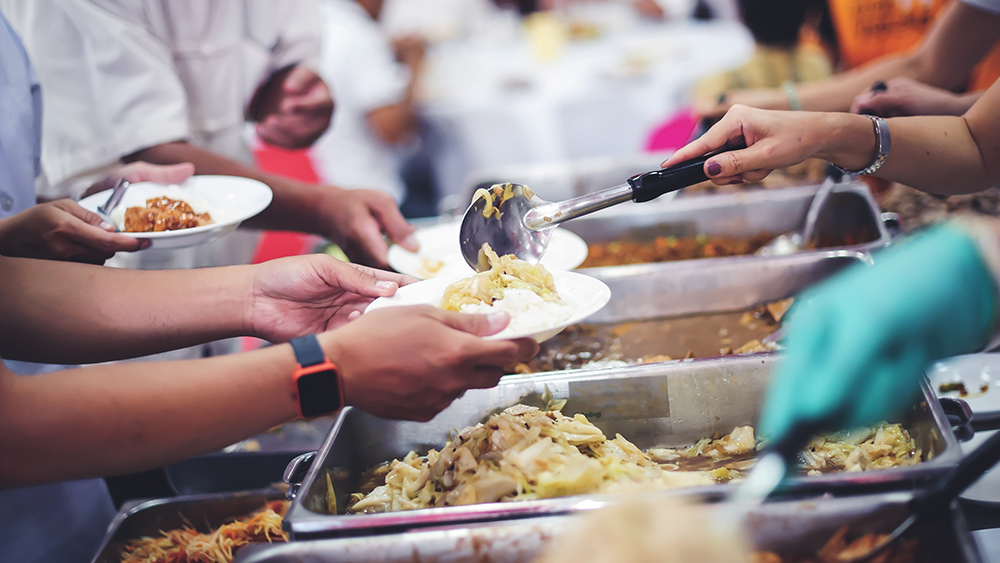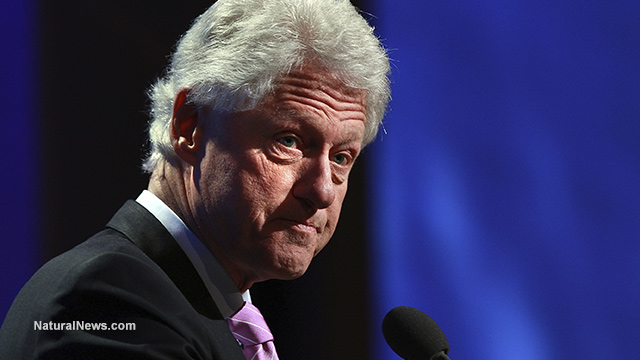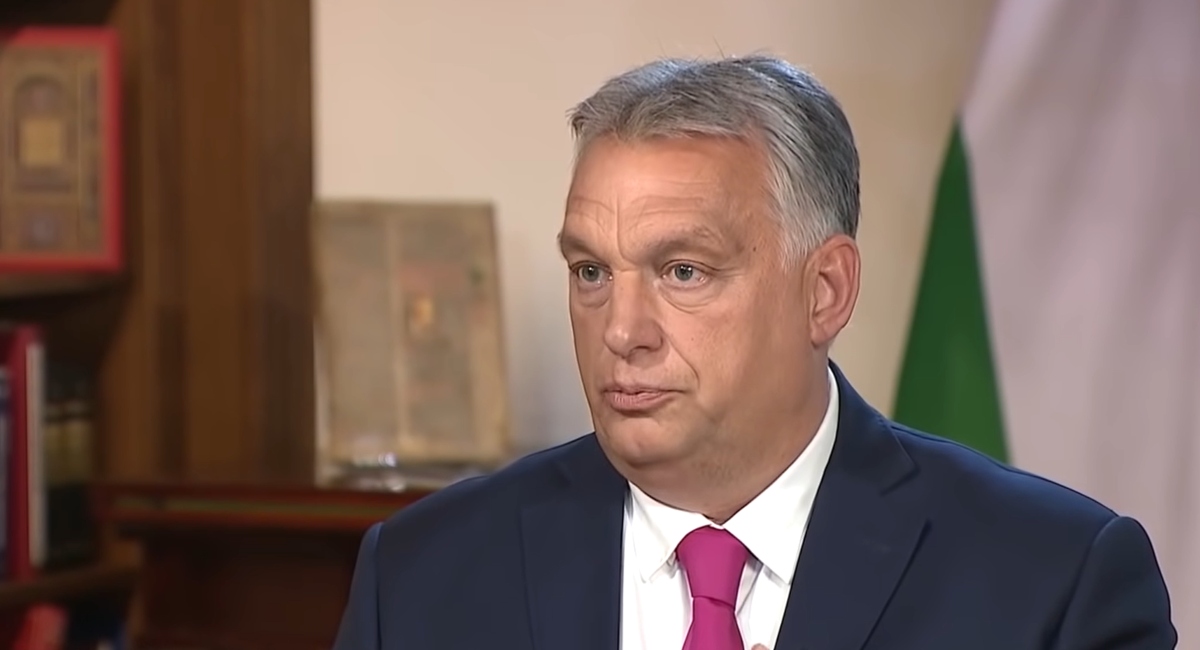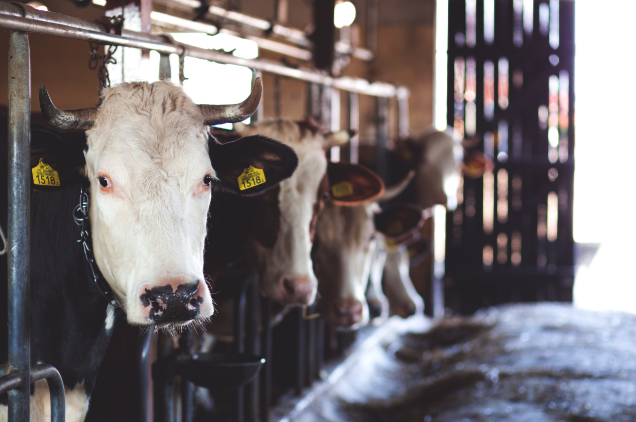 Parler
Parler Gab
Gab
America is becoming a third-world country comprised of very rich and very poor
John and Pascual are no longer the exception in America. All across the country, food banks are seeing first-time visitors who never thought they would end up in a bind like this. SNAP, the federal food stamp program that covers some 40 million Americans, recently and temporarily increased benefits, but it may not be enough to keep everyone healthy and fed. "It does not look like it's going to get better overnight," says Katie Fitzgerald, president and chief operating officer for the national food bank network Feeding America. "Demand is really making the supply challenges complex." One silver lining is that charitable food distribution is now higher than it was pre-plandemic. At the same time, there are now more people in need and not enough supply to go around. Keep in mind that corporate profits reached obscene levels throughout the plandemic, even as small-scale family farms and locally owned businesses were forced to close because of lockdowns and other tyranny. A massive transfer of wealth took place, making the already rich that much richer and middle- and lower-class people that much poorer. The plandemic, in other words, was a tool that the government used to create an even greater rift between rich and poor. This is the kind of thing that happens in third-world countries, by the way. The rich always seem to get richer while the poor and the hard-working end up getting the shaft by their so-called "leaders." "Last year, we had expected a decrease in demand for 2022 because the economy had been doing so well," said Michael Flood, CEO of the Los Angeles Regional Food Bank. "This issue with inflation came on pretty suddenly." "A lot of these are people who are working and did okay during the pandemic and maybe even saw their wages go up, but they have also seen food prices go up beyond their budgets." During the first three months of 2022, the Los Angeles bank gave away roughly 30 million pounds of food, which is slightly less than the previous quarter but still far more than the 22 million pounds it gave away during the first quarter of 2020 before the plandemic really got going. The latest news about the food shortage in America can be found at Collapse.news. Sources for this article include: APNews.com NaturalNews.comElitists’ goal: Wipe out good food
By News Editors // Share
Bill Clinton sets the record straight on definition of recession
By News Editors // Share
Local food banks beset by higher demand and food shortages due to record-high INFLATION
By Ramon Tomey // Share
USDA’s July Cattle Report: Drought accelerates liquidation of beef cattle herds
By Belle Carter // Share
Governments continue to obscure COVID-19 vaccine data amid rising concerns over excess deaths
By patricklewis // Share
Tech giant Microsoft backs EXTINCTION with its support of carbon capture programs
By ramontomeydw // Share
Germany to resume arms exports to Israel despite repeated ceasefire violations
By isabelle // Share










